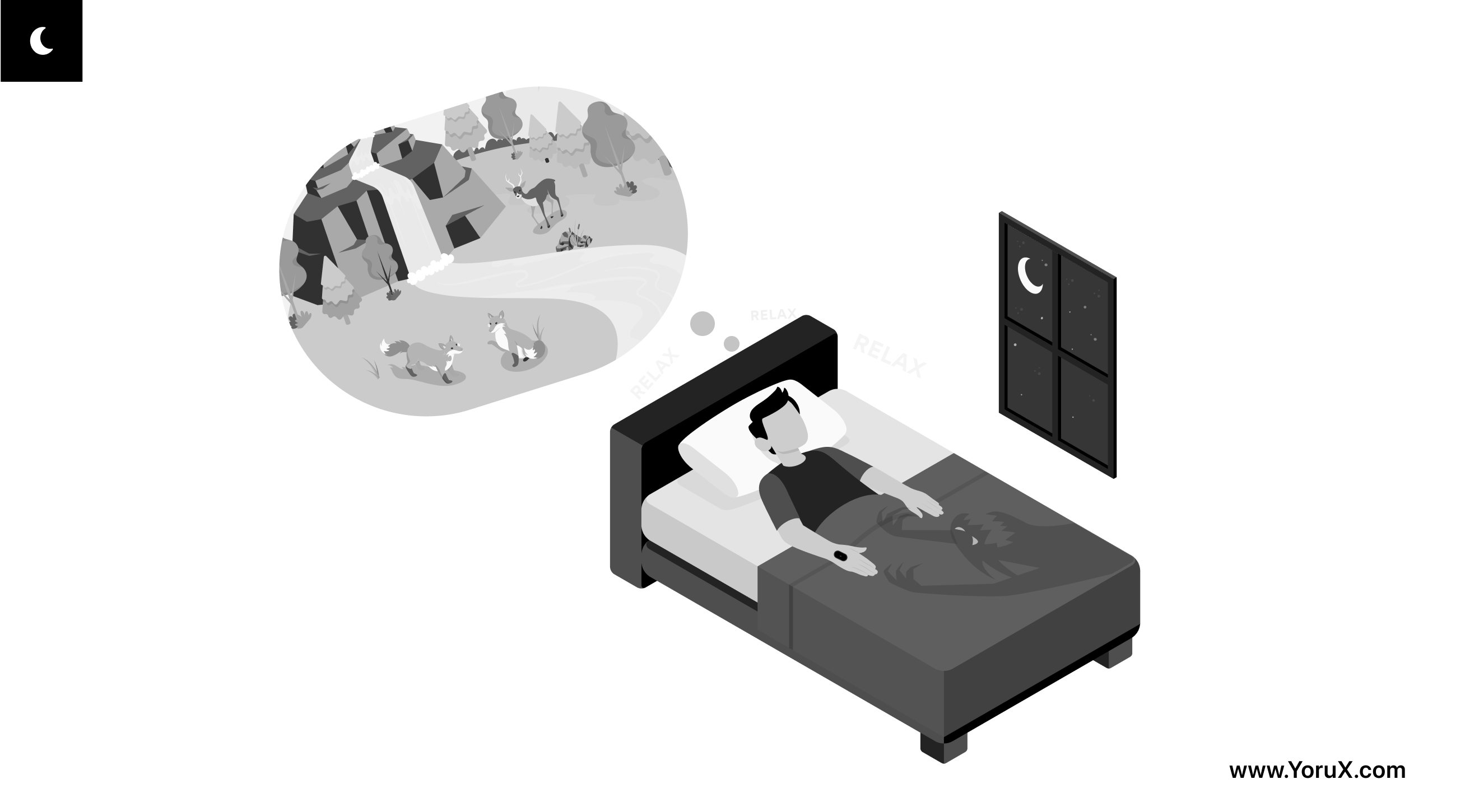
There are many obstacles ahead on the road to lucid dreaming. For starters, there is no shortcut to the experience – it requires time, effort, and dedication. Even if the end result is extremely satisfying, there’s no doubt many get discouraged along the way due to the training demand involved.
There is an additional “side effect” of lucid dreaming attempts – sleep paralysis.
The experience can be terrifying, especially without knowledge of what’s happening and lacking the ability to break out of it.
What if we told you that you could use sleep paralysis to your advantage? Perhaps this dreadful experience can even become desirable, contrary to being a horrid obstacle, discouraging you from pursuing conscious dreaming.
Why does it happen?
The first thing you should know is that sleep paralysis is perfectly normal to happen occasionally, frequently even, if lucid dreaming is your goal. Our bodies get paralyzed every night whenever we enter the REM stage of sleep. That’s where most of the dreaming takes place.
The brain shuts down all potential movement in your muscles, except for the eyes – it’s a natural defense from wandering off in the middle of the night.
The brain, however, is susceptible to malfunction. It can trigger paralysis while your mind is still active. It is vastly more frequent to people who suffer from certain psychological disorders (depression, PTSD, insomnia) or neurological conditions.
However, encountering sleep paralysis is quite common for lucid dreamers. You have to remember two things to understand the reasoning behind it:
- Dreaming happens in the REM stage, in which the body is paralyzed;
- You are conscious and aware during a lucid dream.
Understanding this will allow you to view sleep paralysis in a new light. It’s not something to be afraid of and avoid at all costs – rather, it’s an intermediate state between alertness and sleep. It may even be the case that you go through this state every time you induce a lucid dream from a wakeful state but don’t actually notice it.
The next time you find yourself in sleep paralysis, treat it as a step forward toward a lucid dream. Then, follow these steps:
- Keep your eyes closed and try to relax. Sleep paralysis is frequently accompanied by vivid hallucinations, which can often be daunting. However, if you don’t open your eyes, you won’t see any of it.
- Focus within and remind yourself that nothing can actually harm you. Whatever unpleasant sensations surface in your mind, it’s but a fiction of your subconscious imagination.
- Try to stop thinking and turn your attention to the visuals forming behind your closed eyes. You’re already halfway into conscious dreaming. Thus, you should try to disengage from the reality surrounding you and dive into the world of dreams.
- Pay attention to the visions forming before your eyes and try to visualize the scenery as clearly as possible, all while maintaining focus and awareness.
Final worlds
With practice, you will be able to turn sleep paralysis into a lucid dream every time it happens. Eventually, you will become grateful for the experience and view it as means to a satisfying end, rather than something to be fearful of. To gain, you sometimes have to let go of something – even if it’s the control of your body.
Always remember – you are safe, and nothing can harm you.


.png)

